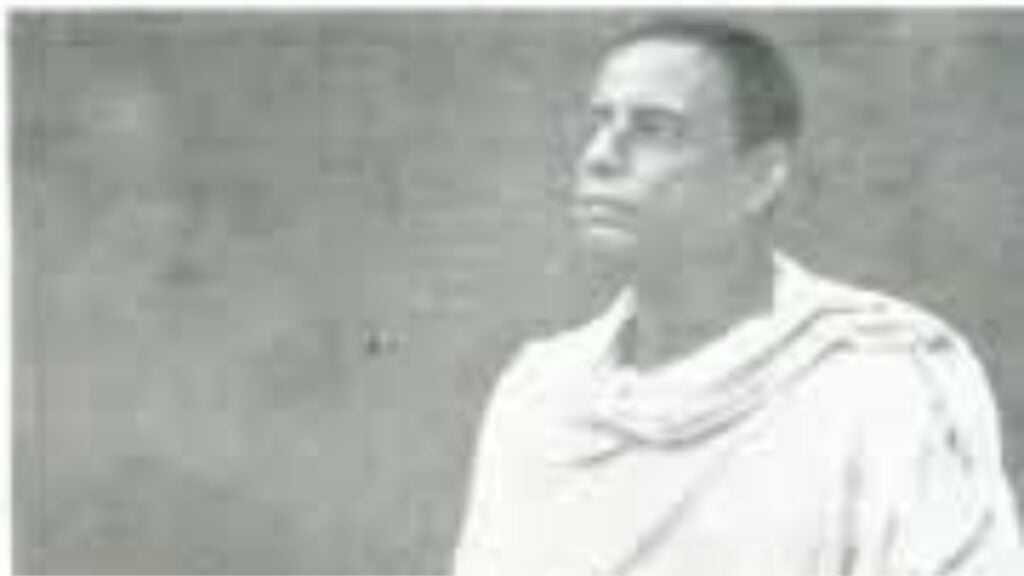Brahmabandhab Upadhyaya is born in Bengal and lived as a contemporary of great personalities like Swami Vivekananda and Tagore, Brahmabandhap Upadhyay (1861 – 1907) too, had made his marvellous contirbution to the world, in the field of religion, politics and social philosophy.
Brahmabandhab Upadhyaya

He was one of the pioneers who ventured into the independence movement in British India demanding complete freedom from the British.
At the same time he was inspired by many thinkers to bring about a marriage between Christianity and Hinduism in India – a bold new step in a country which reserved the rich culture of its own
Early life of Brahmabandhab Upadhyaya
Bhavani Charan Banerjee, later known as Brahmabandhav Upadhyaya was born on February 2, 1861 in a Brahmin family in Khanyan, a small village about 30 miles north of Calcutta. He had his school education in the Scottish Mission School and College education in Hoogly College.
In 1887 he joined the church of the New Dispensation formed by K. C. Sen. In 1888 he went to Hyderabad to teach Sanskrit at the Union Academy.
Conversion
The interest stirred in him in the life and instructing of Jesus developed because of his kinship with the two Anglican evangelists in Hyderabad.
He went to consistently the Bible classes, which they drove and continuously got persuaded of the reality of Jesus’ revival and of his co-everlasting sonship.
In February 26, 1891 he acknowledged submersion. He didn’t join the congregation. Yet, before the year’s end he joined the Catholic church picking the name Theophilus which he deciphered as Brahmabandhav)
Works of Brahmabandhab Upadhyaya
After baptism his main concern was to develop some indigenous method to preach the gospel of Christ.
The ideal of de Nobili influenced him and in 1894 he donned (worn) the saffron rob of Sannyasi. In the same year he started a monthly journal Sophia which provided the main platform to express his views.
In 1900 he moved from Jabalpur to Calcutta and engaged more and more in journalistic activities. He was drawn to the Advaitic doctrine of Sankara as a means to express Christian doctrine.
In January 1901 Brahmabandhav brought out the Twentieth Century as a monthly review under the combined editorship of N. Gupta and himself.
Towards the end of 1904 appeared Sandhya as an evening paper, which had an impact on the political life of Bengal and the whole of India till 1907.
In the same year he started The Swaraj his Bengali Weekly.
Theological method of Brahmabandhab Upadhyaya
Two aspects of his methodology:
(a) His whole theological thinking was motivated by his very genuine concern for indigenous expression of Christian faith and life.
(b) Brahmabandhav had a very concrete method as how this indigenization of Christian message in India should take place.
Indigenization
He says it is a three-crease task: “First to correct from the personalities of the Indian individuals the incorrect and naughty tenets (polytheism and immigration).
Secondly, to lay the premise of Theism by the assistance of the Vedas.
Thirdly, to construct Christianity on that establishment.” Thus the conversation concerning ‘pre-comprehension’ and ‘indigenization’ which are presently involving the endeavors of the scholars appear to be expected by Brahmabandhav by a very long while.
Theological emphases
We can divide Brahamabandhab’s theology under three main headings.
Understanding of Religion
His understanding of Protestant missionaries that they approach Hinduism primarily to find fault with the Hindu thinking; hoping that by this demolition of Hinduism.
Hindus will converted to Christ. He felt this was too negative an attitude towards Hinduism.
On the other hand, Catholicism with its distinction between nature and super nature gave room for natural theology built on human reason on which the supernatural grace or the theology of revelation can built.
This was definitely a more positive attitude towards to Hinduism and appealed to the nationalistic spirit of the time.
Vedic Christian Theology
Brahmabandhav says that Christianity should not come as the destroyer of Hinduism, but as it is fulfillment. “The primitive (Hinduism) and the new (Christianity) are linked together as root trunk base and structure, as outline and filling.”
Since root is a first and then is the trunk, foundation is first and then the superstructure so also nature is fist and supernature is later.